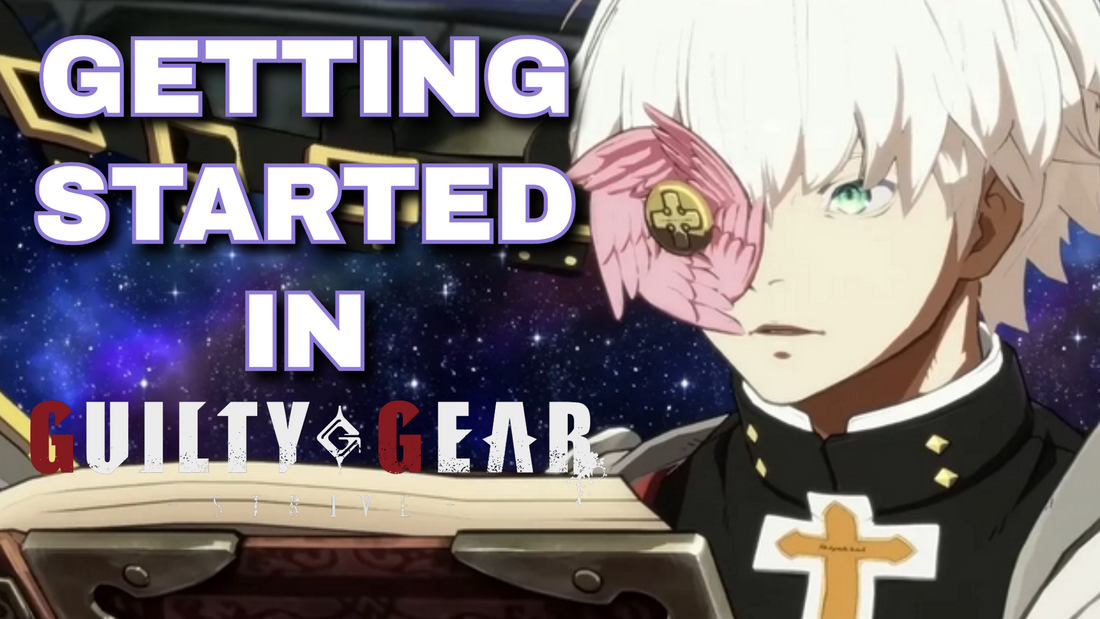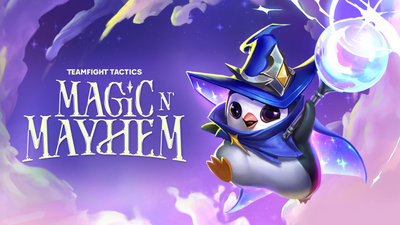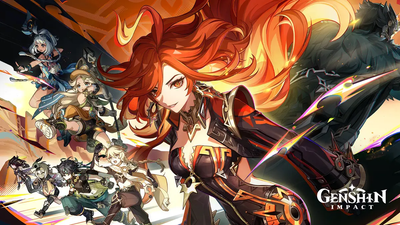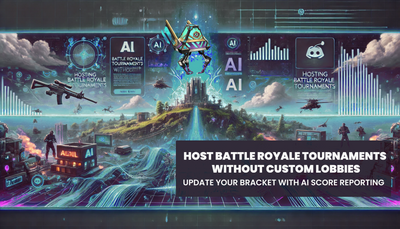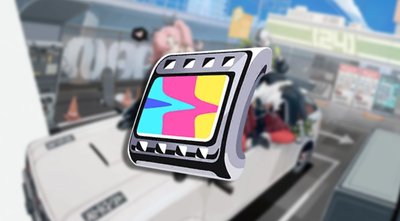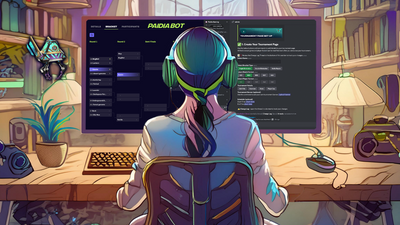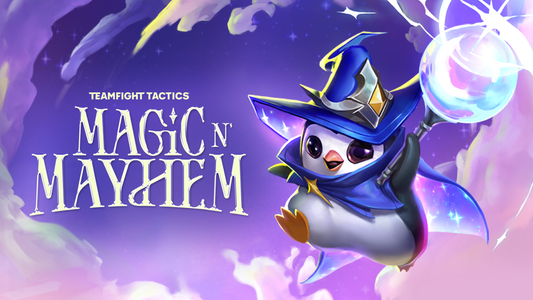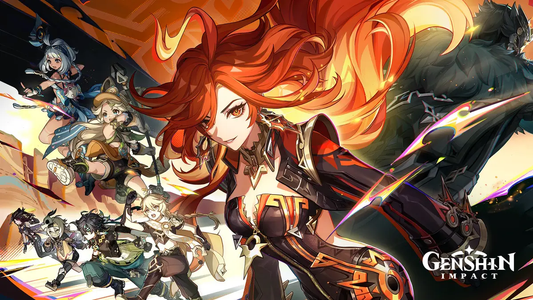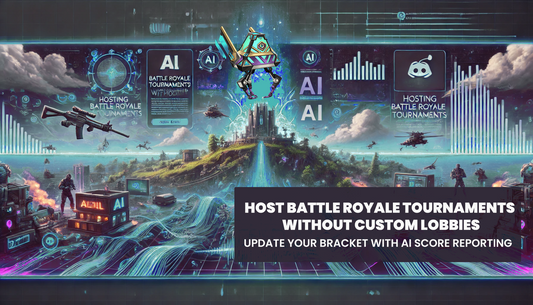Originally posted November 3, 2021
I’m a professional Guilty Gear Strive player here to guide you into the world of Strive. Guilty Gear -Strive- is a high-stakes one-on-one fighting game developed by Arc System Works. You pit your fighter against your opponents with the goal of either eliminating their life to zero or having more life than your opponent once the timer is out. The first person to win two rounds wins the game.
With many different mechanics and tools at your disposal, quick decision-making is imperative. The damage output for this game is very high so any mistake could be fatal. Knowing the mechanics of the characters and the rules of the game will put you on your path to success.
Knowing the Heads Up Display

In Strive, there are several gauges that are necessary to keep track of to excel in the game. The Round Counters, the Life Bar, Time Counter, Burst gauge, Tension, and Risc Gauge.
The round counters are measured in little hearts at the top. Lose one round and a heart disappears. When those hearts are gone you lose the game.
The most basic and most important is your life bar. Right between the round counter and burst bars on the top of the screen monitors your health. You must also be conscious of your opponents so that you can appropriately identify which combo to go for. This means prioritizing damage or prioritizing positioning.
The time counter is located in the middle at the top of the screen. There are ninety-nine seconds in each round, so use them wisely.
The Burst Gauge, under the health bar, measures if you or your opponent has burst available. This is also the only resource that does not reset between rounds. Burst can be used in two ways. As a "blue" burst done either in block/hits sun or recovery to break combos and get your opponent off of you. You can also use "gold" burst when you are in neither of those states. A successful gold burst will fill your tension meter and give you a huge advantage. Keep in mind a blocked burst is punishable by your opponent. Gold is less punishable but still carries a risk. A blocked burst also comes back slower than a successful burst on hit.

Tension is located at the bottom of the screen. The tension gauge fills up to one hundred, but it is only clearly visibly divided into fifty and one hundred. This gauge is used for Faultless Defense, Overdrives and Roman Cancels. Overdrives and Roman Cancels consume one half of your whole tension gauge and they are powerful moves that when successful can turn the tide of the match. Tension does not carry over to the next round hoarding the meter is not a very viable tactic.
The Risc Gauge is the tiny red bar beneath the burst gauge. This fills up when you block attacks. When the risc gauge is finally full the next successful hit will automatically put you in a counter state. Also, until the gauge returns to normal the combo that you get hit with will not scale. The game heavily punishes you for remaining in block stun for too long.
Why You Need to Know Roman Cancels

Roman Cancels or "RC" is one of the most powerful techniques in Guilty Gear -Strive-. The usage is also universal no matter which character you play or face off against. RC consists of four types, Blue, Purple, Red, and Yellow. Roman Cancel uses one half of your tension meter and it is generally used to cancel recovery in certain situations. When RC is used a shockwave emits from the user and if their opponent is hit they are slowed down to a degree depending on which color was used. Blue is the longest followed by purple. The RC window can be canceled into another action such as a button or special move, creating new utility for the situation. Also if you input dash and a direction during this roman cancel you will drift in that direction.
Blue Roman Cancel is used when you are in a neutral state. A neutral state is achieved when you are neither in hit/block stun and you are not in the recovery of any move. A very common use of Blue RC is forward or back dashing and canceling the recovery with RC. This is useful to escape the opponent or approach in a safe manner to slow down your opponent’s actions. This opens up new block string or combo routes, but the downside is you need to be in a neutral state and catch your opponent in the shockwave.
Purple Roman Cancel is deployed when you cancel the recovery of a completed move. The Purple RC shockwave does not slow the opponent as long as Blue RC but it is usually more consistent. A very common way to use Purple RC is to extend combos and conversions that are usually not possible without it. The damage scaling also is not affected in this way so high damage output can be achieved.
Red Roman Cancel could generally be considered the simplest and most common way to use RC. Red RC is used to cancel the recovery of a move in progress during your combos. The Red RC shockwave when hit will pop the opponent up in the air to provide an easy combo state to extend damage. The downside to this state is when a successful shockwave is hit, the damage is heavily scaled. This scaling means that the damage that normally would occur will be reduced after the shockwave. You can avoid this by canceling the Roman Cancel state with a button or special. The downside to canceling is tighter combo execution and the reliability of the combo being completed.

Yellow Roman Cancel cancels the block stun of your opponent. This is a universal, purely defensive RC that when successful pushes your opponent back and gives you a slight advantage. The drawback to Yellow RC is that if the opponent blocks the shockwave you are left in a punishable state. Make sure the block stun is sufficient such as Slash, and Heavy Slash moves.
These mechanics are an integral part of Guilty Gear Strive. Mastering them will be your first step to being successful at this game.

